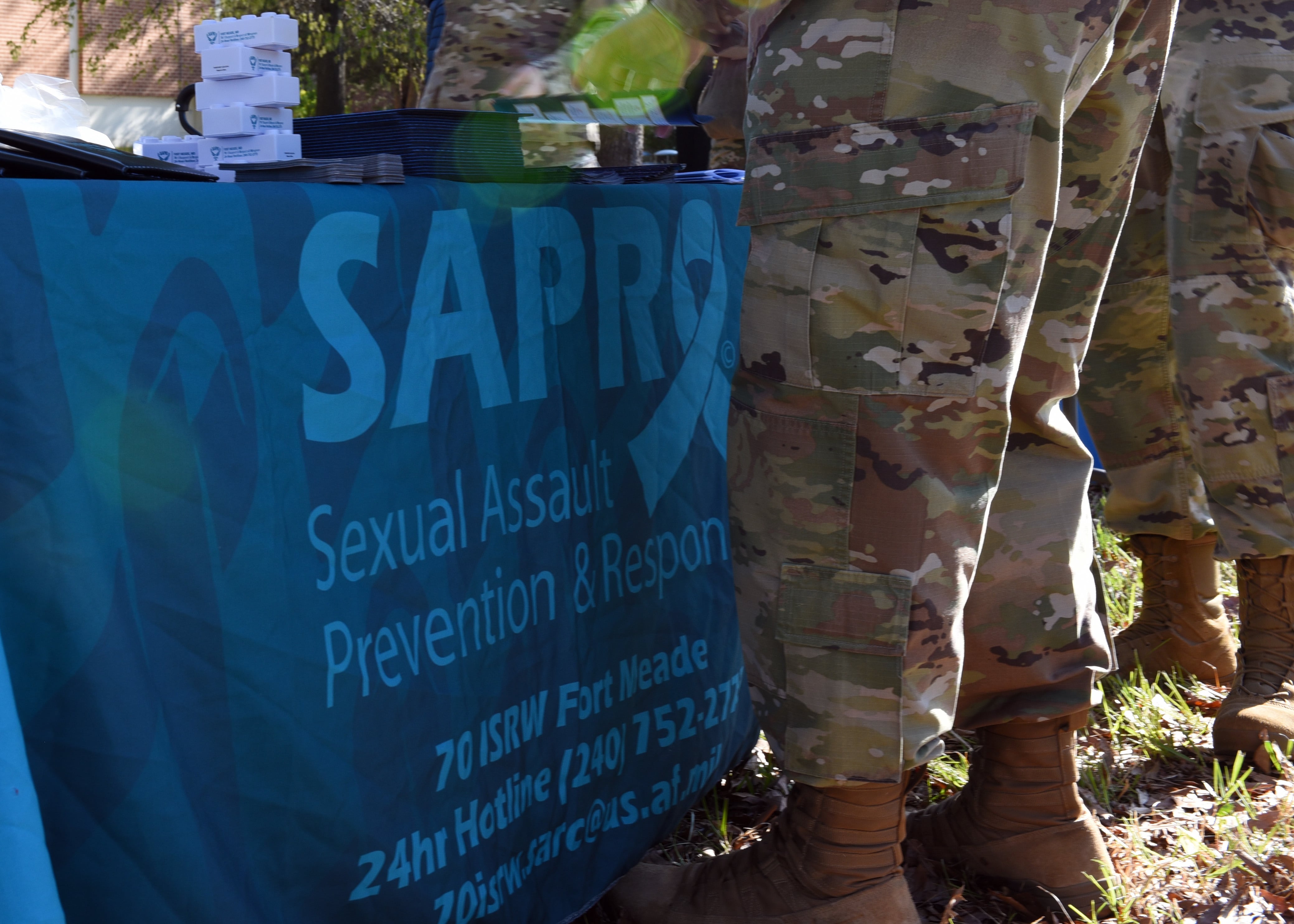The Air Force is planning changes to the nuclear missileer career field to put more experienced officers into its billets.
By 2027 or 2028, two out of every five nuclear missileers in the Air Force will be either a major or a lieutenant colonel, officials said in a Tuesday interview.
Currently, 28 percent of officers in the 13N nuclear and missile operations career field are O-4s or O-5s, and the remaining 72 percent are lieutenants or captains, said Zannis Pappas, the 13N career field manager. But the Air Force wants that balance to shift to 60-40 over the next dozen years or so, and that will require changing some billets to higher ranks, he said.
Pappas said the changes will mean units have more experienced officers and more mid-level management to handle the awesome responsibility of looking after the Air Force's nuclear arsenal.
"These officers are trusted with the most destructive weapons in our inventory and the responsibility they face is enormous," Pappas said. "For many years, we counted on lieutenants to do this mission, and that created some problems. This is going to be the final step to creating a more senior crew force out in the field."
The Air Force started reforming its troubled nuclear enterprise in 2014, after it was revealed that some missileers had been using drugs and cheating on tests and raising alarms at the service's highest levels.
The first major personnel change came about two years ago, Pappas said, when the Air Force switched to a new system of back-to-back tours for missileers. Until that point, missileers stayed for four years, and then often cross-trained into other jobs. But now, they spend their first three-year tour as crew members, and then serve a second three-year tour in a supervisory position.
Because the Air Force is now holding on to more officers longer, the service won't have to bring in as many new officers into the 13N career field and is reducing its accession plans. Currently, tThe Air Force now brings in about 160 officers annually into that career field.
But in fiscal 2017, the number of accessions will drop to 120, and continue falling from there. By fiscal 2021, the Air Force plans to access 102 new officers to maintain its ranks of missileers.
But the overall number of 13N billets will remain unchanged at roughly 705 in all, Pappas said — roughly 235 for each of the Air Force's three missile wings, he said. Those wings are located at Malmstrom Air Force Base in Montana, F.E. Warren Air Force Base in Wyoming, and Minot Air Force Base in North Dakota.
"They're going to become more senior," Pappas said. "You're going to have more captains than before, more majors, and more lieutenant colonels than you currently have."
Pappas said Gen. Robin Rand, the head of Global Strike Command, and Lt. Gen. Jack Weinstein, deputy chief of staff for strategic deterrence and nuclear integration, put together a tiger team — made up of officers from all three missile wings, Global Strike Command, and other divisions — at the beginning of 2016 to come up with a plan for overhauling the career field, position by position.
Billets are also getting additional responsibilities to go with their increased rank, Pappas said. And the Air Force is reviewing other nuclear-related jobs elsewhere in the service to see if they should be rolled into the 13N career field.
Stephen Losey covers personnel, promotions, and the Air Force Academy for Air Force Times. He can be reached at slosey@airforcetimes.com.
Stephen Losey is the air warfare reporter for Defense News. He previously covered leadership and personnel issues at Air Force Times, and the Pentagon, special operations and air warfare at Military.com. He has traveled to the Middle East to cover U.S. Air Force operations.





